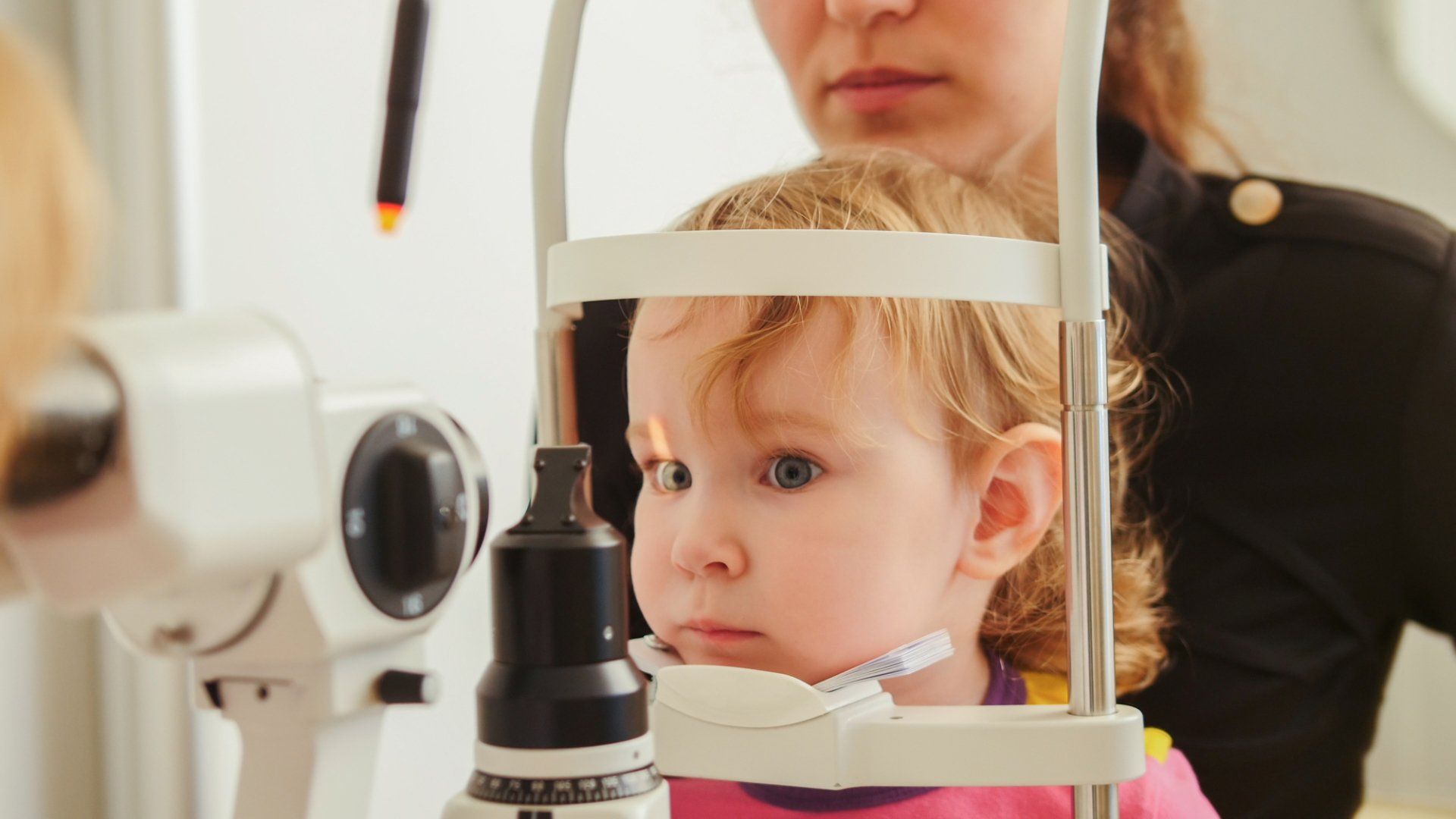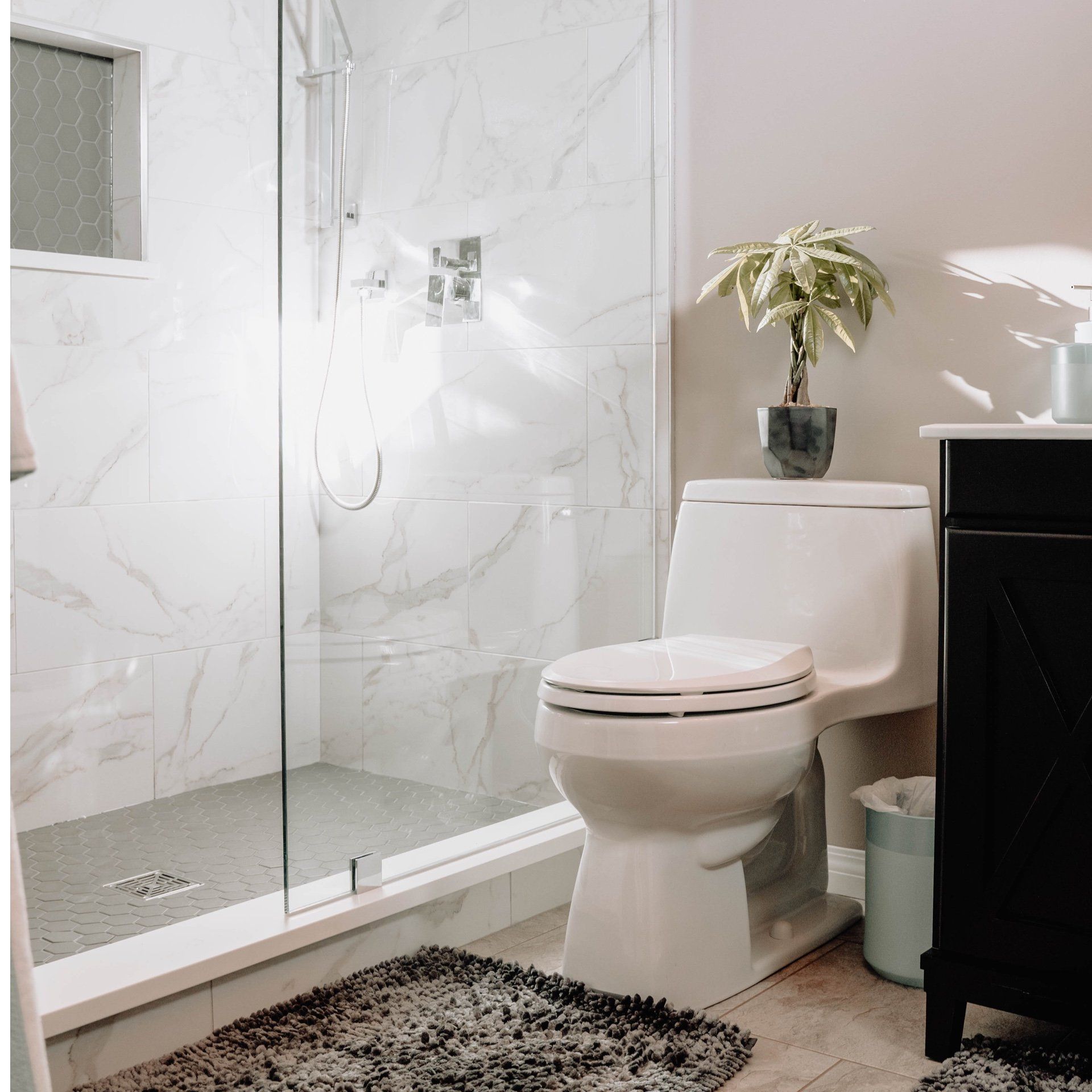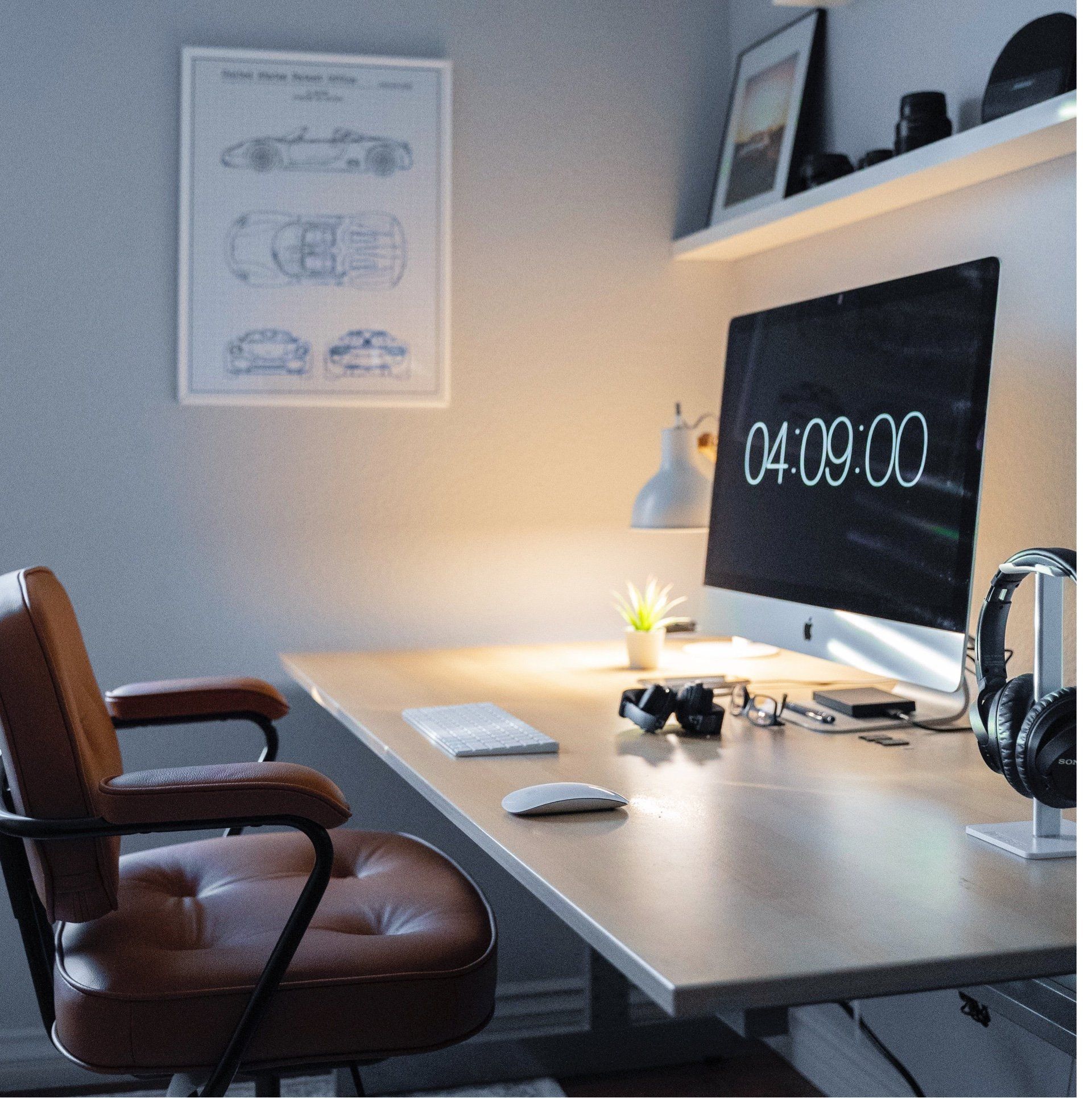A Simple Guide to Slit Lamps
If you’ve ever had an eye exam, then you’ve likely already seen a slit lamp in action before. This special piece of equipment is a type of microscope that has a bright light attached and gives an ophthalmologist ultimate insight into what’s going on inside and outside your eye. A slit lamp is crucial to any eye exam, because it will help your optometrist or ophthalmologist spot any major issues with your eyes, whether it be a disease, irregularity, or something harmless.

Slit Lamps and Eye Exams: How It Works
Slit lamps play an important role in any ophthalmologist office. Are you interested in understanding the mechanics of each step of a routine eye exam? Let us shed some light on what’s going on behind the scenes when your eye doctor is using fancy and complicated-looking equipment, and why some discomfort (like having your eyes dilated) is essential to the process.
Pre-Exam Prep
Before the eye exam can begin, your optometrist or ophthalmologist will often need to administer special eye drops that dilate your eyes. This unique mixture will widen your pupils and allow your eye doctor to conduct a more in-depth exam of your eye. With your optic nerve and retina clearly on display, your optometrist or ophthalmologist will be able to easily spot any concerning areas that may make themselves known. The dilation step is common, but not often necessary during a routine eye exam.
What happens during the eye exam?
When the exam begins, this is when the slit lamp takes center stage. You will most likely already be sitting down in an exam chair, and there will be a slit lamp nearby. Whether your eyes are dilated or not, your eye doctor will likely pull up the slit lamp and have you rest your head against the chin and forehead bands that are attached to the slit lamp. These attachments will keep your head steady for the exam.
Your eye doctor will sit down on the other side of the slit lamp and will use this special microscope to examine your eyes. The slit lamp will be powered on, and will emit a focused, narrow, high-intensity light on your eye. While you are already aware of the light sensitivity your eyes experience after getting dilated, you shouldn’t have to worry about any pain or discomfort during this process. The slit lamp light may be bright, but it will not damage or harm your eyes.
While your optometrist or ophthalmologist uses the slit lamp to perform a thorough examination of your eye, these are the main areas they will be looking at:
- Your Sclera
- Your Cornea
- Your Lens
- Your Retina
- Your Optic Nerve
While your eye doctor is looking at these areas, they will let you know if they spot any worrisome signs. If your eyes are showing symptoms of disease or damage, then your optometrist or ophthalmologist will consult with you about the next steps to take after the eye exam is complete.
Why Slit Lamps Are Important
Slit lamps give your eye doctor the opportunity to thoroughly examine your eyes. With the help of slit lamps, your ophthalmologist can easily detect any sickness or disease that can be detrimental to your eyesight. A well-kept and fully functioning slit lamp is essential for any optometrist or ophthalmologist office. If this device breaks, then an eye exam can’t be carried out.
If you are an eye doctor and are in need of ophthalmic instrument repair services for your slit lamp, the team at Capital Ophthalmic can help. We have experience handling a wide array of ophthalmology equipment, and have the tools and expertise required to carry out whatever kind of repair you need. If you are just starting out in the industry and are on a budget, consider looking through our used ophthalmic equipment for sale. All of these items have been gently used and are still in wonderful condition. Before any of this equipment gets shipped to our clients, Capital Ophthalmic makes sure that they are clean, functional, and in the best possible state.




